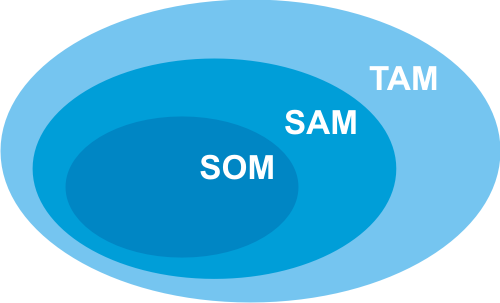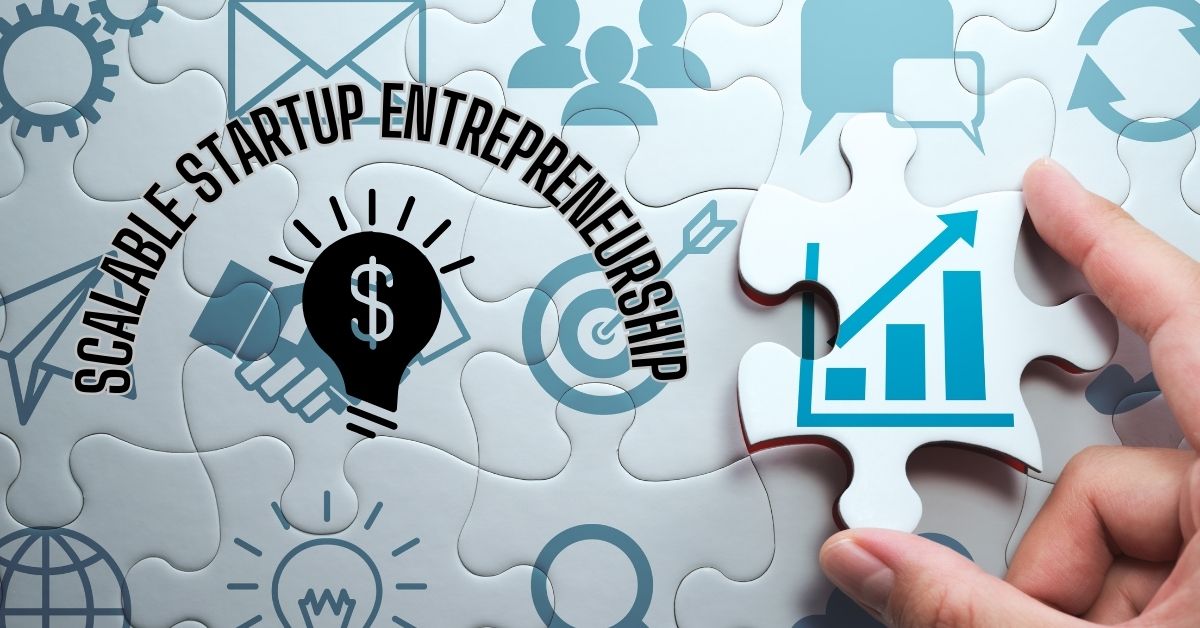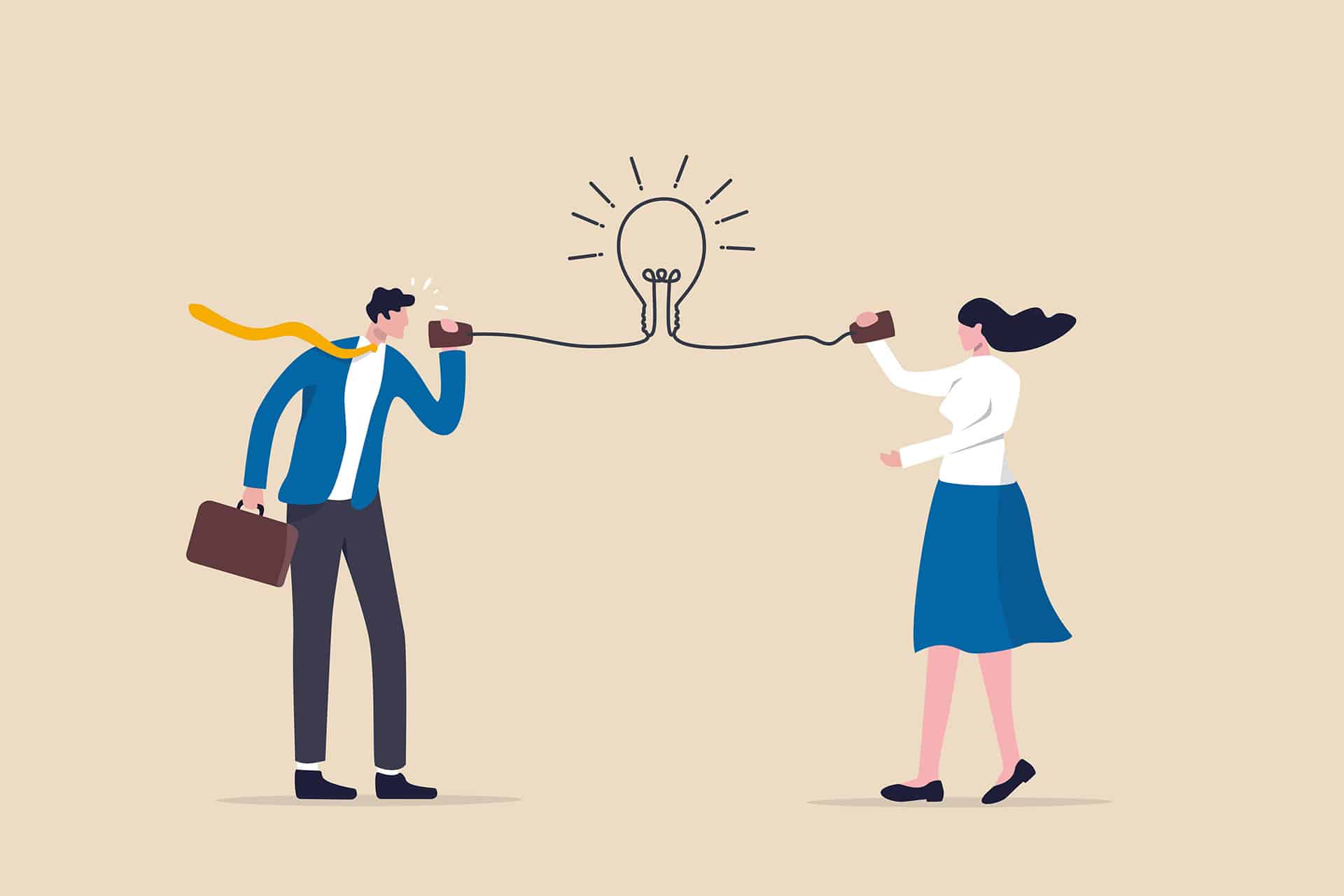Articles Description
When it comes to generating creative and innovative ideas for startups, there are two key cognitive processes at play: divergent thinking and convergent thinking. Both are essential in different phases of the ideation process, and striking a balance between them can help you unlock creativity and focus your startup efforts toward meaningful solutions.
This article explores the differences between these two thinking modes, how they contribute to the ideation process, and how you can apply them effectively to generate, evaluate, and implement innovative ideas.
1. What is Divergent Thinking?
Divergent thinking is the process of generating as many ideas as possible, without judgment or limitation. It encourages creative exploration, leading to unexpected, innovative, and sometimes wild ideas.
Characteristics of Divergent Thinking:
-
Open-ended thinking that expands outward.
-
Encourages creativity, spontaneity, and curiosity.
-
No idea is off the table, and quantity is prioritized over quality.
-
Useful for brainstorming, mind mapping, and blue-sky thinking.
Example: When Airbnb founders were brainstorming solutions to help people find affordable places to stay, they initially explored a wide range of ideas — from sharing homes to even unusual accommodations like renting out inflatable mattresses. This openness to wild ideas helped them arrive at their innovative solution.
How to Use Divergent Thinking:
-
Brainstorming: Encourage free-flowing idea generation. Set a timer for 10-15 minutes and aim to list as many solutions or variations as possible.
-
Mind Mapping: Start with a central problem, then branch out with all possible solutions or related concepts. Use visual connections to stimulate creativity.
-
SCAMPER Technique: SCAMPER stands for Substitute, Combine, Adapt, Modify, Put to another use, Eliminate, and Reverse. This tool can help you take an existing idea and tweak it into something new.
Pro Tip: During divergent thinking sessions, withhold judgment. The goal is not to critique or assess ideas yet — focus on generating volume. This is your opportunity to dream big.
2. What is Convergent Thinking?
Convergent thinking is the process of narrowing down ideas, evaluating them based on feasibility, and selecting the best ones to move forward. It is more focused, structured, and goal-oriented than divergent thinking.
Characteristics of Convergent Thinking:
-
Analytical and critical thinking.
-
Focuses on refining and selecting ideas.
-
Involves evaluating feasibility, practicality, and potential impact.
-
Helps you make decisions based on logical reasoning.
Example: After generating a wide range of ideas, the Airbnb founders used convergent thinking to evaluate the feasibility of different options, eventually landing on the idea of allowing homeowners to rent out spare rooms. This focused, refined approach was critical in turning a broad idea into a viable business model.
How to Use Convergent Thinking:
-
Prioritization Matrix: Use an impact-feasibility matrix to evaluate which ideas have the highest potential with the least resistance. This will help you focus on ideas that are both impactful and feasible.
-
SWOT Analysis: For each idea, conduct a SWOT analysis (Strengths, Weaknesses, Opportunities, Threats) to assess its viability.
-
Refinement & Prototyping: Once you have narrowed down your ideas, begin prototyping and testing the most promising solutions to see how they perform in real-world scenarios.
Pro Tip: While convergent thinking is about refining ideas, it’s important to remain open-minded. If a promising idea needs adjustment, don’t discard it too quickly. Use iteration to refine rather than eliminate prematurely.
3. Balancing Divergent and Convergent Thinking
Both divergent and convergent thinking are essential, but the key is knowing when to use each.
Divergent thinking should be your starting point when exploring problems and solutions. This is your chance to think broadly and push the boundaries of what’s possible. Once you have a wealth of ideas, convergent thinking helps you assess and narrow down those ideas into a focused, practical solution.
A common mistake many entrepreneurs make is to either converge too early — limiting creativity — or diverge for too long, without ever arriving at a clear, actionable solution. Balancing both is essential to building a viable startup.
The Divergent-Convergent Cycle:
-
Diverge: Start by generating as many ideas as possible (brainstorming, mind mapping, etc.).
-
Pause: Step back from the process and reflect on the ideas. This break helps refresh your thinking.
-
Converge: Narrow down the ideas by evaluating them (using matrices, SWOT, etc.).
-
Iterate: If none of the ideas seem quite right, you can repeat the cycle — diverging again to find new solutions or converging further to refine the best options.
Example of the Cycle in Action:
-
Step 1: Diverge: A team is brainstorming solutions to make urban transportation more eco-friendly. They list everything from electric scooters to solar-powered buses.
-
Step 2: Pause: The team steps away for a break, giving them space to digest the ideas.
-
Step 3: Converge: Upon returning, they use an impact-feasibility matrix to evaluate which solutions are scalable, affordable, and environmentally impactful. Electric scooters and bike-sharing rank high.
-
Step 4: Iterate: The team realizes that electric scooters could be more accessible with a better app interface, so they return to ideation to refine this solution further.
4. Techniques to Foster Divergent Thinking
-
Crazy 8s: This is a rapid sketching exercise where participants have 8 minutes to sketch 8 different ideas related to a problem. It’s great for pushing beyond the obvious solutions.
-
Role Playing: Step into the shoes of different stakeholders (e.g., customers, investors, employees) to view the problem from different perspectives. This technique can help generate ideas that address the needs of diverse groups.
-
Reverse Brainstorming: Instead of brainstorming solutions to a problem, ask the opposite: “How can we create more of this problem?” This technique helps you see challenges from new angles, which can lead to unexpected solutions.
5. Techniques to Foster Convergent Thinking
-
Six Thinking Hats: A method where you look at your ideas from six different perspectives: facts, emotions, logic, creativity, optimism, and pessimism. This technique ensures a well-rounded evaluation process.
-
Decision Matrix: List your options and rate each based on key criteria such as cost, effort, and potential impact. This helps you objectively assess your ideas.
-
Prototyping and Testing: Create simple prototypes or mockups of your top ideas and test them with real users. This provides tangible feedback to inform your final decision.
6. Avoiding Common Pitfalls
-
Converging Too Soon: Jumping straight to evaluation without giving time for creative exploration can lead to uninspired or conventional ideas.
-
Diverging for Too Long: Staying in the brainstorming phase indefinitely can lead to a lack of focus and indecision.
-
Not Iterating: Ideas should evolve. Just because an idea isn’t perfect in its initial form doesn’t mean it can’t be refined and improved through iteration.
7. Conclusion: Mastering the Divergent-Convergent Cycle
The magic of innovation lies in balancing the creative freedom of divergent thinking with the practical focus of convergent thinking. As an entrepreneur, learning to master this cycle will help you push boundaries, explore new ideas, and ultimately refine those ideas into actionable, scalable solutions.
Call to Action
As you move forward with your startup ideation process, remember to:
-
Start broad: Don’t be afraid to explore unconventional ideas.
-
Be analytical: Use structured methods to evaluate and refine your ideas.
-
Iterate: Don’t settle on the first solution — keep refining until you find the best possible version of your idea.
Take these concepts into your next brainstorming session and see how balancing divergent and convergent thinking helps unlock new levels of creativity and innovation!

 Madarek Article
Madarek Article

















